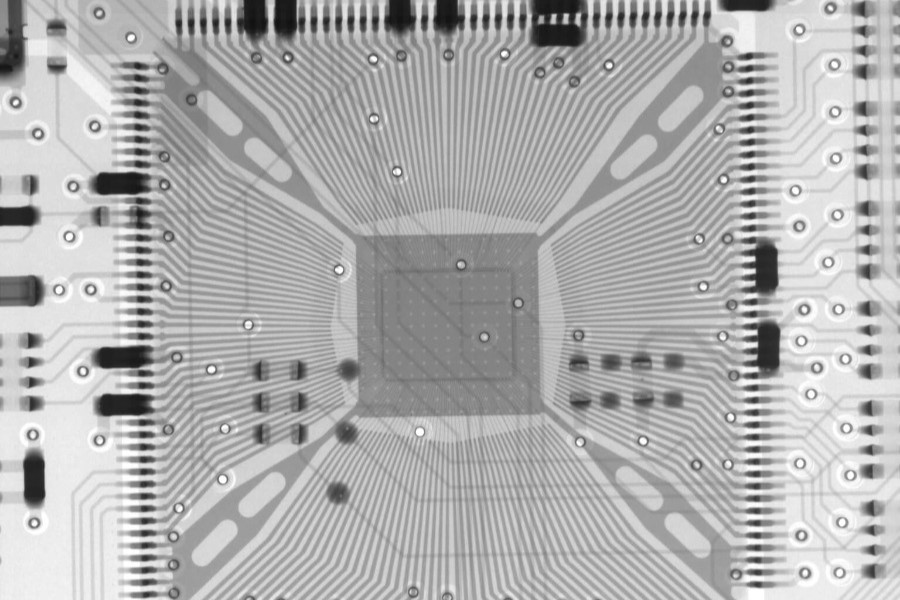When using X-ray inspection system, we often adjust the tube voltage and tube current to make the imaging clearer. Increasing tube voltage can penetrate products with higher density and thickness; increasing tube current can make the image brighter. So, what is the principle of this phenomenon?
Tube voltage: Increasing tube voltage produces photon with higher frequencies and shorter wavelengths, that is, the energy of photons is higher, which allows photons to penetrate objects with higher density and thickness. Let me introduce a concept here, called X-ray hardness, which refers to the penetration ability of X-rays, which depends on the energy of photons, that is, the wavelength of X-rays, and has nothing to do with the number of photons. Therefore, the hardness of the X-ray is related to the tube voltage and has nothing to do with the tube current. The higher the tube voltage, the harder the X-rays are. The hardness of X-rays is usually expressed in kilovolts (kV) of tube voltage.
Before increasing tube voltage:
After increasing tube voltage:
Tube current: Increasing the tube current can increase the number of electrons that shoot the anode target, so that more photons penetrate the object and reach the flat panel detector. Usually we also use the milliamp number (mA) of the tube current to indirectly express the intensity of X-rays.
After increasing tube current:

After raising the tube current







